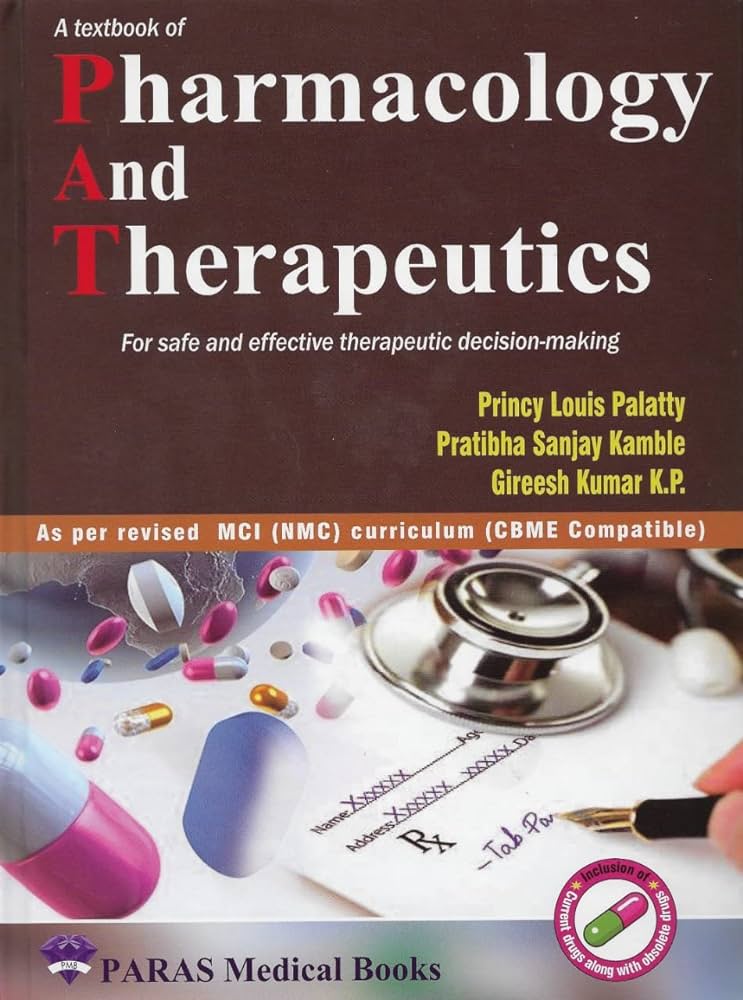Crosstalk between anti-angiogenic and pro-angiogenic pathways in disease: Mechanisms and therapeutic strategies.
IF 12.5
1区 医学
Q1 PHARMACOLOGY & PHARMACY
引用次数: 0
Abstract
Angiogenesis, which entails the sprouting of new blood vessels from existing ones, is a critical process in normal development and tissue repair. However, when dysregulated, it contributes to a variety of diseases, including cancer, ischemic disorders, and chronic inflammation. Central to these processes are key factors such as vascular endothelial growth factor (VEGF), fibroblast growth factor (FGF), and platelet-derived growth factor (PDGF). Recent research has focused on therapeutic modulation of angiogenesis, employing both anti-angiogenic and pro-angiogenic strategies to regulate these pathways. Anti-angiogenic therapies primarily target the VEGF pathway to inhibit vessel formation, thereby reducing tumor vascularization in cancer and preventing abnormal blood vessel growth in neovascular ocular diseases such as age-related macular degeneration and diabetic retinopathy. Conversely, pro-angiogenic therapies stimulate vessel growth to improve vascularization in conditions like coronary artery disease and Alzheimer's disease, enhancing tissue perfusion and promoting regeneration. In this review, we summarize current knowledge on targeted modulation of angiogenesis, detailing therapeutic strategies, the mechanisms that regulate vascular homeostasis, and their implications for disease management.疾病中抗血管生成和促血管生成途径之间的串扰:机制和治疗策略。
血管生成是指从现有血管中冒出新的血管,是正常发育和组织修复的关键过程。然而,当失调时,它会导致多种疾病,包括癌症、缺血性疾病和慢性炎症。这些过程的核心是关键因子,如血管内皮生长因子(VEGF)、成纤维细胞生长因子(FGF)和血小板衍生生长因子(PDGF)。最近的研究主要集中在血管生成的治疗性调节,采用抗血管生成和促血管生成策略来调节这些途径。抗血管生成疗法主要针对VEGF途径抑制血管形成,从而减少癌症中肿瘤的血管化,防止年龄相关性黄斑变性、糖尿病性视网膜病变等新生血管性眼病的血管异常生长。相反,促血管生成疗法刺激血管生长以改善冠状动脉疾病和阿尔茨海默病等疾病的血管化,增强组织灌注并促进再生。在这篇综述中,我们总结了目前关于血管生成靶向调节的知识,详细介绍了治疗策略,调节血管稳态的机制,以及它们对疾病管理的意义。
本文章由计算机程序翻译,如有差异,请以英文原文为准。
求助全文
约1分钟内获得全文
求助全文
来源期刊
CiteScore
23.00
自引率
0.70%
发文量
222
审稿时长
90 days
期刊介绍:
Pharmacology & Therapeutics, in its 20th year, delivers lucid, critical, and authoritative reviews on current pharmacological topics.Articles, commissioned by the editor, follow specific author instructions.This journal maintains its scientific excellence and ranks among the top 10 most cited journals in pharmacology.

 求助内容:
求助内容: 应助结果提醒方式:
应助结果提醒方式:


